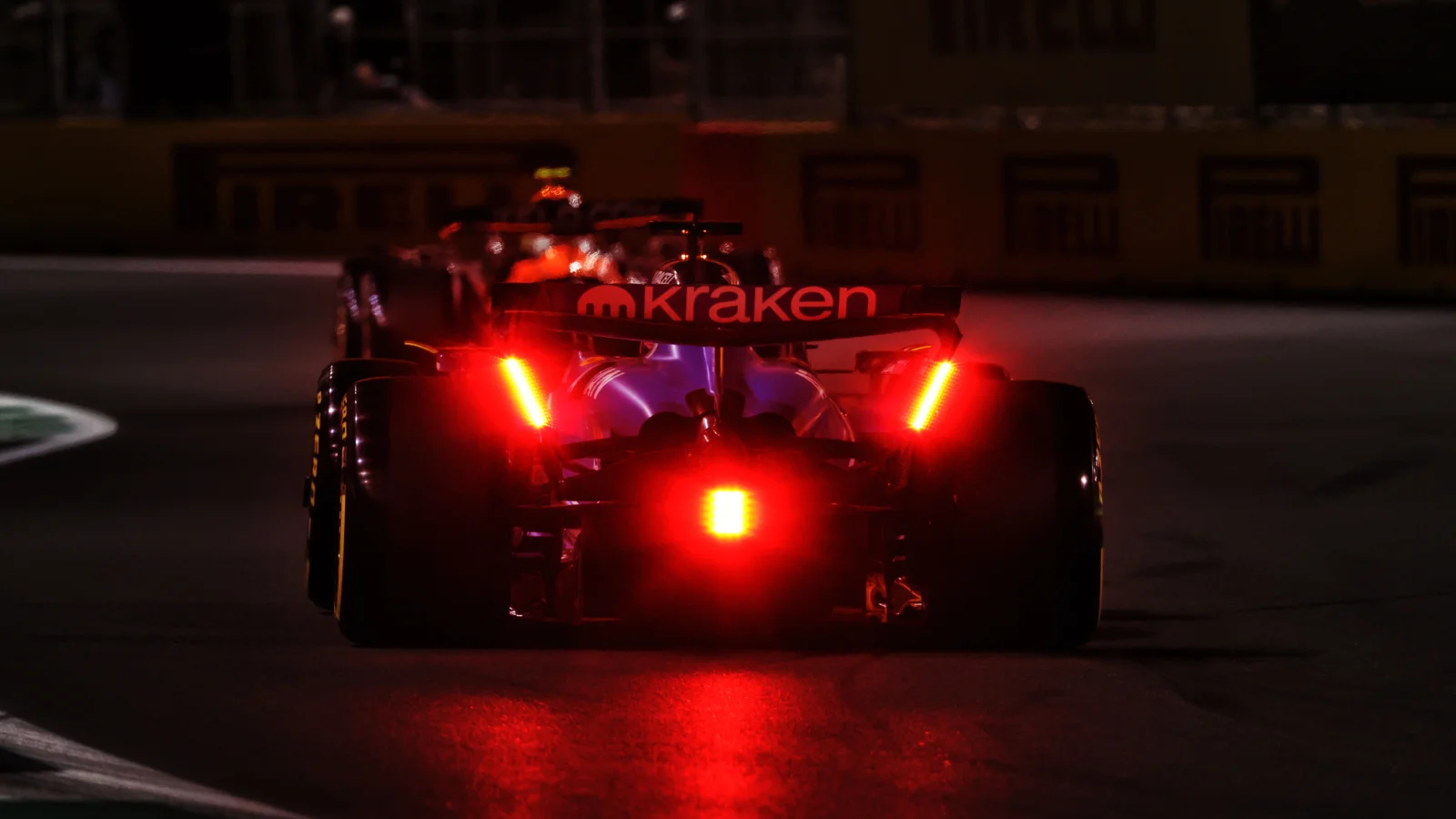The FIA and Formula 1 have had discussions with the teams about providing engine providers with a clear deficit under the new 2026 rules a mechanism to catch up.
An F1 Commission meeting in Geneva concluded with the collective desire to ensure there is not a vast divergence among the power unit manufacturers next season.
The revamped engines being introduced in 2026 will comprise an equal split between combustion and electrical power output, and will be run using sustainable fuels.
However, there has been widespread concern that this could lead to a scenario like 2014 when Mercedes were locked into a crushing advantage over the competition.
READ MORE – Christian Horner calls on F1 to avoid ‘2014 repeat’ with 2026 engine rules
It is believed that the sides have agreed in principle on the desire to avoid a repeat situation transpiring, with several options tabled but to be discussed in more detail.
Among the options suspected to be under consideration are extra hours on the dyno or an increased budget cap allowance to entities that are lagging behind the rest.
Alongside incumbent marques Ferrari, Honda and Mercedes, Audi and Ford, in collaboration with Red Bull’s Powertrains division, will be the existing suppliers in 2026.

The solution to electrical energy concern
Meanwhile, the meeting also addressed perturbances that the batteries on the 2026 power units will not provide sufficient electrical energy to span an entire straight.
The proposal to counter this has centred on reducing the emphasis on electrical power, an idea that Mercedes boss Toto Wolff has expressed his discontent towards.
One suggestion that has been mooted is to alter the 50/50 ratio in race trim on certain tracks where there are more prominent straights, such as Monza or Las Vegas.
“The F1 Commission discussed in principle refinements to the energy management strategy for 2026, as well as measures to address financial issues that can be faced by power unit manufacturers that experience either low performance or significant reliability issues in 2026,” an FIA statement read.
READ MORE – F1 targeting 2026 power unit convergence to avoid dominance









